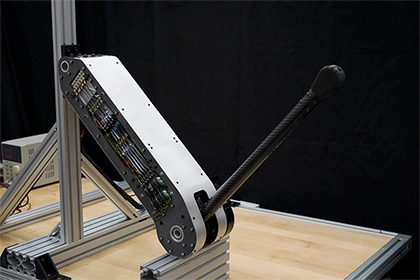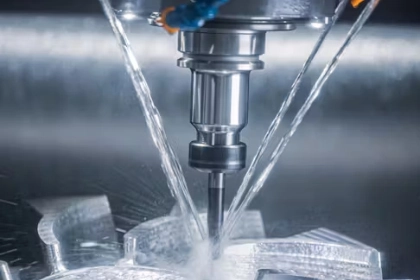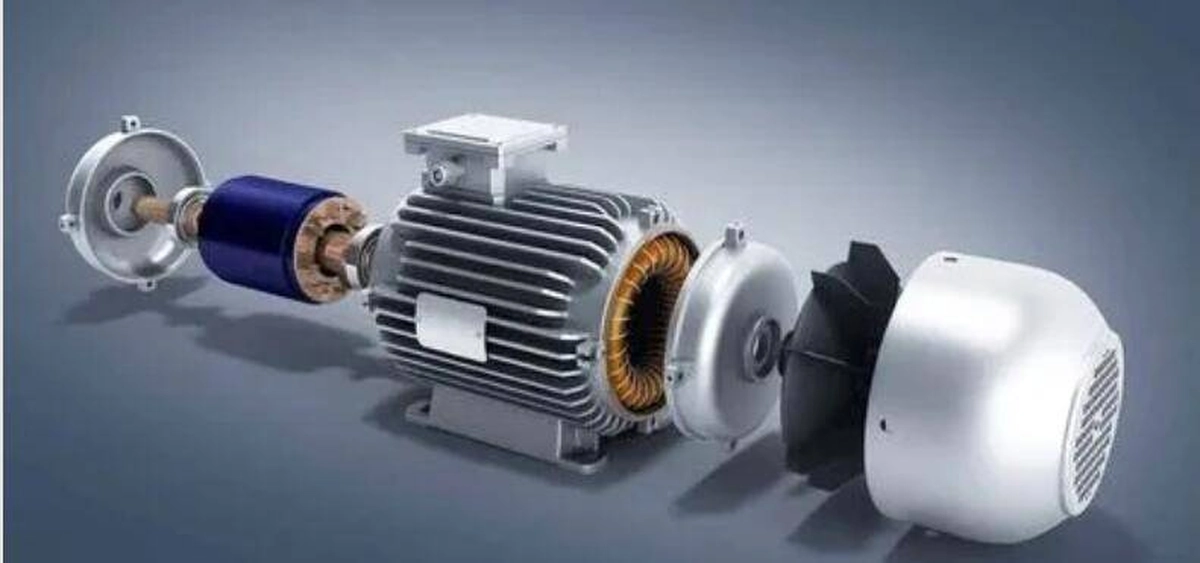- +86 19149417743
- Zhengzhou, Henan Province, China
- Mon-fri: 8am - 7pm
Get a quote

Selecting the correct motor size is a critical step in the design and implementation of any project that requires mechanical power. Whether you are working on a small DIY project or a large industrial application, choosing the right motor size ensures optimal performance, efficiency, and reliability. However, electric motors come in a vast range of sizes, power ratings, and configurations, making the selection process seem overwhelming. In this article, we will guide you through the process of determining the motor size for your project, considering factors such as torque requirements, speed, power, and environmental considerations.
Start by analyzing the load characteristics of your application. Consider factors such as the required torque, speed, and power. Identify whether the load is constant or variable and if it involves frequent starts, stops, or changes in direction. Understanding the load characteristics is crucial for selecting a motor that can handle the required workload.
Evaluate the environmental conditions in which the motor will operate. Factors such as temperature, humidity, dust, and vibration can affect motor performance. Choose a motor that is designed to withstand the environmental conditions of your project to ensure longevity and reliability.
Calculate the torque required to overcome the resistance or load in your project. Consider both the static torque (required to initiate motion) and the dynamic torque (required to maintain motion). This calculation will depend on the load characteristics and the desired performance of your application.
Include safety factors in your torque calculation to ensure the motor can handle unexpected peak loads or variations in the load. Safety factors typically range from 1.2 to 2, depending on the application.
Identify the desired operating speed for your application. Consider factors such as production requirements, efficiency, and any speed limitations imposed by the load or process. The motor you choose should be capable of delivering the required speed under the specified load conditions.
Consider any speed variations or changes required by your application. Some projects may require adjustable speed control or the ability to handle speed variations based on process requirements. Ensure the motor you select can accommodate these variations.
Determine the Required Power
Calculate the power required by your application by multiplying the torque and speed. This will limit the upper bound of the motor size.
Select the appropriate motor type based on your application requirements. The most common types include AC induction motors, DC motors, and servo motors. Each type has its strengths and limitations, so choose one that aligns with your project's specific needs.
Consider the duty cycle of your application, which refers to the duration and frequency of operation. Duty cycles can vary from continuous (24/7) to intermittent or periodic. Ensure the motor you choose is designed to handle the anticipated duty cycle without overheating or experiencing premature wear.
Evaluate any overload or starting conditions that your application may require. Some projects may involve intermittent high torque demands or frequent starts and stops. Choose a motor that can handle these conditions without exceeding its thermal or mechanical limits.
Consider the available space and mounting requirements for the motor. Ensure the selected motor size fits within the available space and can be securely mounted, taking into account any mounting limitations or constraints.
If you are unsure about the motor selection process or have complex requirements, consider consulting with industry experts or motor manufacturers. They can provide valuable guidance and help you make an informed decision based on your project's specific needs. Lunyee has many years of experience in the electric motor industry, and our technical team will do their best to answer any questions you may have.
Determining the motor size for your project requires careful consideration of torque requirements, speed, power, and environmental factors. By understanding the load characteristics, calculating the required torque and power, and considering factors such as motor type, duty cycle, and space constraints, you can select a motor that meets your project's specific needs.
 2024-08-30 16:01:40
Engineering
2024-08-30 16:01:40
Engineering
 2024-07-26 14:09:13
Engineering
2024-07-26 14:09:13
Engineering
 2024-07-18 09:42:00
Engineering
2024-07-18 09:42:00
Engineering